
With putting, several different factors will make you either a good or bad putter.
One of the most critical factors in your putting game is speed.
If you can’t get the speed down on the green, your chances of making putts are going to decrease significantly.
Luckily, there are lots of great putting drills for practicing speed.
Not only are these drills useful, but they can also be fun to practice.
Top 5 Best Putting Drills For Speed

1. 1, 2, 3, Putting Drill
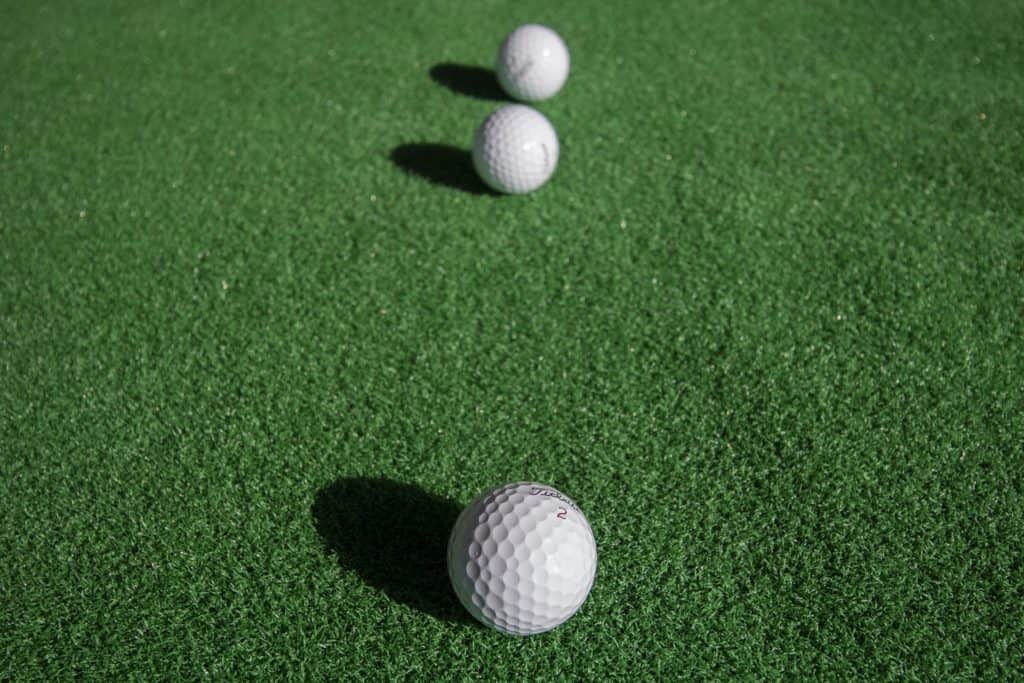
The first putting drill that is great for practicing speed is the 1, 2, 3 putting drill.
For this drill, you will need three golf balls and a golf hole.
It does not matter if the putt is straight or has a slight break in it; either one is going to help you practice your speed.
You will want to put all three golf balls down, the first one about three feet from the hole.
The second will be about six feet away, and the last one is about nine feet.
Most of the putts golfers need to make to save par or make a birdie are going to be within this range.
If you can focus on making putts from nine feet and in, you will be able to lower your golf scores considerably.
The idea behind this drill is that you stay at the three-foot putt until you make it.
When you make it, move to the six-foot putt.
When you make the six-foot, move to the nine-foot.
There are two different ways to complete this drill.
The first option is to allow yourself to miss a few, while the other is that you must make all three in a row before moving on.
If you are playing that you must make all three in a row, you would have to start over back at the three-footer if you miss the six-footer.
We love that you can do this drill either way because it allows you some flexibility.
If you are a new golfer, use this drill to help you feel the difference in the size of your stroke and speed from three to six to nine feet.
If you are a lower handicapper, then put the pressure on yourself to make the three, six, and nine with only taking three strokes.
The distances of three, six, and nine feet are not strict.
If you think it would make more sense for you to work on putts that are four, eight, and twelve, that is completely fine.
You can adjust and manipulate this drill to work for your golf game.
2. Reverse Ladder Drill

The ladder drill is a very popular golf drill where you set up balls on the green to look like a ladder.
Usually, the golf balls are spaced about two feet apart.
Some golfers will try to make it to the end of the ladder without missing a putt the entire time.
The ladder drill gives players of varying handicaps an idea of what the speed of the green is from many different distances.
Although the ladder drill is effective, there is another drill that can be just as effective and perhaps even better practice for your brain.
The reverse ladder drill has you start about 24 feet from the hole.
On your first putt, you are going to want to leave the ball about an inch or two from the cup or make the putt.
Then you will hit a putt and try and leave it about two feet from the hole.
On the third putt, you want to leave the ball about four feet from the hole.
You will continue with this drill until you get the ball too close to take a stroke.
If you have completed the reverse ladder drill correctly, you will look back and see that it set up the original ladder drill.
You can then go back and complete the traditional ladder drill.
The reverse ladder is so effective because it helps golfers develop a better feel.
When there is no exact hole or target in place and golfers must work on getting the ball to land in a general area, it takes more focus.
More focus and concentration on leaving the golf ball in a particular spot is going to make a big difference when you try and transfer these new skills to the golf course.
If you can putt a golf ball to any spot on the green, then you can undoubtedly putt a golf ball to a hole.
We love it when a drill takes the focus away from the hole for a bit and allows you to practice rolling the golf ball.
3. Folder Drill
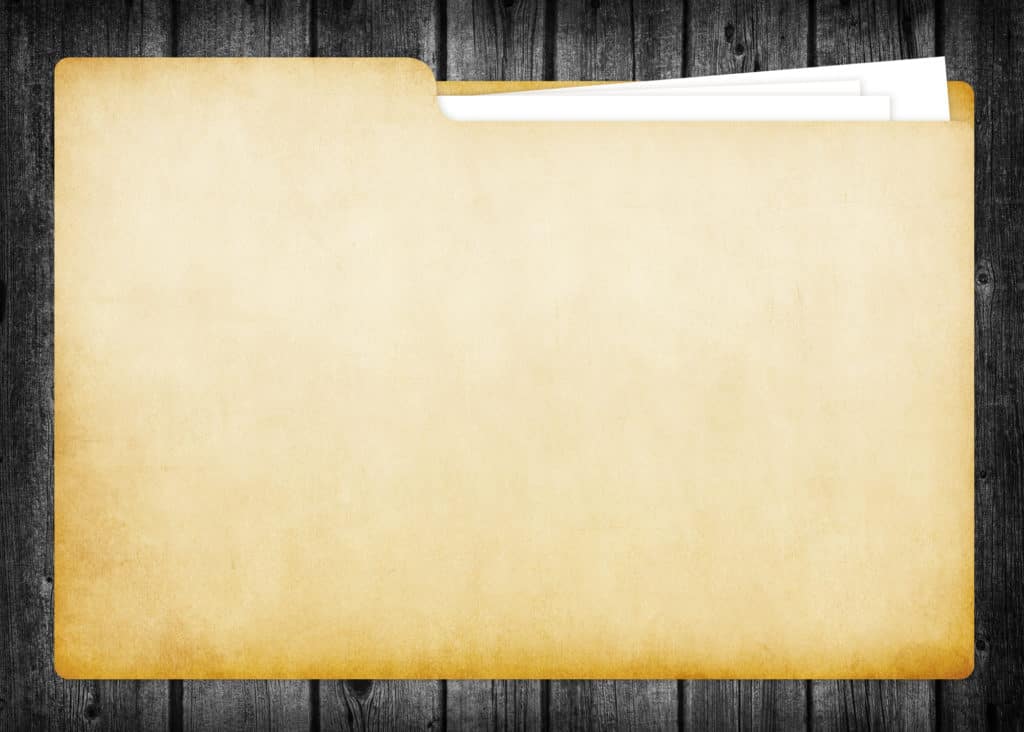
The folder drill is also sometimes called a cardboard drill.
We like to use a plain manila folder when working on this drill.
The color is perfect, and so is the size.
The idea is that a manila folder is a flat surface that a ball can easily roll on and off.
When you are completing the folder drill, hopefully, you will have the putting green to yourself.
Place the folder somewhere on the putting green and start putting to it from different locations.
The idea is that you want to be able to putt a golf ball to land on the folder from anywhere on the putting green.
If you are new to the game, then you can open the folder and give yourself a larger target area.
If you are outside of twenty feet, then you can putt to the open folder, while inside of twenty feet, you can close the folder.
This is a technique to help you learn to control lag putts and eliminate the three-putt.
Most of the time, when people struggle with the speed of their putts, they are going to end up three-putting.
When alignment is off, you are going to miss some birdie putts and par saves.
When speed is off, you will three-putt.
The surface of a folder is slippery, just like a putting green, and your golf ball won’t rest on it unless you have the right speed.
We love that the manila folder contrasts so well with the green of the putting surface.
This is what helps to make this a visual aid for the drill.
It is good to practice this drill with a bunch of golf balls and choose a bunch of different angles.
4. Hula Hoop

The next drill is called the Hula Hoop drill.
The idea behind this drill is to picture a hula hoop surrounding the golf hole.
Obviously, if you use a regular hula hoop, the ball will not be able to jump over the edge.
The way to get around this is to set up some kind of a circle for yourself.
You can use a few tees to mark out the circle, and if you are working with a golf professional, they may allow you to mark the green with some outdoor paint.
The point behind this drill is for practicing putts that are more than thirty or forty feet.
If you are a long way from the hole, you will need to make sure you can get the ball within this size circle when you play golf on the course.
Another reason to work on putting within a three-foot circle to make sure you are good with speed and alignment within this short distance.
When working on the hula hoop drill, really try and get the idea of this circle around the hole ingrained in your mind.
This is an excellent visual image for golfers to have in their heads while they are putting from long distances.
It can take some pressure off if you try and get the ball to two or three feet as opposed to feeling like you must make the putt.
When working on this lag putting speed drill, make sure your head stays down for your entire putting stroke.
The speed of your putt will be significantly impacted if you pick your head up before the impact and follow-through are complete.
5. Look at the Hole
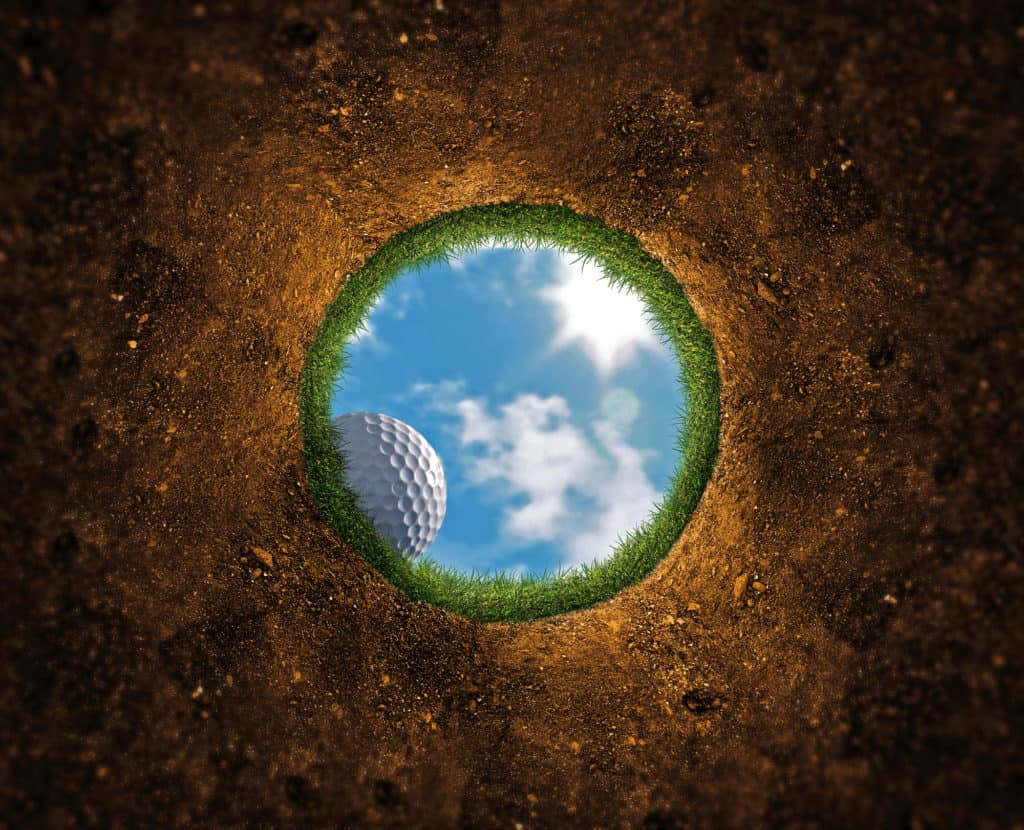
The look-at-the-hole method is a unique way to train your brain on how to read the speed of a green.
One of the most interesting concepts about the look-at-the-hole drill is that it goes against everything you have been taught about golf.
However, in the end, it ends up being a method that some people stick with as the way to putt from this point forward.
With the look-at-the-hole method, you are going to practice making putts while you are looking at the hole.
Choose a putt about twenty feet from the hole.
Get yourself lined up, and then, while you take your putting stroke, be sure to look at the hole the entire time.
It is a little challenging to get used to at first, but you will find it works well.
Many golfers think they are going to end up missing the ball when they do this, but that is seldom the case.
After the first few weeks of playing the game of golf, you should be able to look at the hole and putt without missing the ball.
You should practice this method from twenty feet, fifteen feet, and ten feet.
When you are looking at the hole while putting, your brain is taking in valuable information about the speed of the green.
This is important and will help you learn how to control your speed.
One thing golfers will find is that you can break out this method if you are having a tough day on the course.
Everyone has those days where every putt you hit seems off.
Try putting while looking at the hole for the next few holes.
You may find that it makes such a difference, you stick with this method for the rest of the day.
There have been tour players who have adopted this putting stroke as their normal way of play.
There is nothing against it in the rules of golf, even if it does seem a bit unconventional.
Additional Drills for Practicing Speed
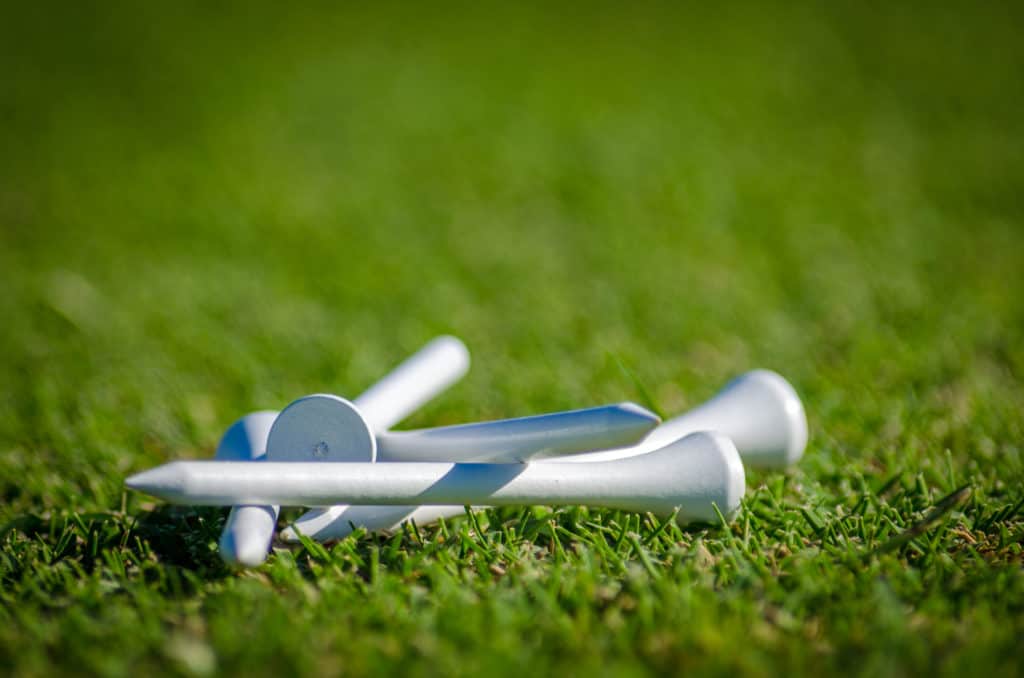
We promised five putting drills for practicing speed, but we thought you wouldn’t mind if we added one extra.
This drill is an excellent choice if you are a person who is always coming up short on putts.
It has been said before, but if you don’t get the golf ball to the hole, it has no chance to go in.
Great putters miss the ball after the hole, not before.
If you want to work on this, you can set the tee about six inches behind the hole, and then another tee about two feet behind the hole.
When you miss, your golf ball should land between these two tees.
If you can control your distance to this point, you will find that you will start making a lot more of the putts you hit.
Distance control does not always mean stopping the ball right at the hole; it means giving your golf shot a chance to go in.
The great thing about practicing your putting stroke is that you can do it at home as well as at the golf course.
You can set up a few targets on your living room carpet and putt towards them.
There are plenty of putting mats and indoor putting greens, but many golfers find that a carpet works just fine.
The biggest thing you want to do is train your brain and your body to adjust to speed.
The speed of the greens you play is going to change from day to day.
Sometimes the speed of the green can change from the morning to the afternoon.
Working on drills that allow you to adjust to speed based on the course, the weather, and your stroke will help you become a great putter.

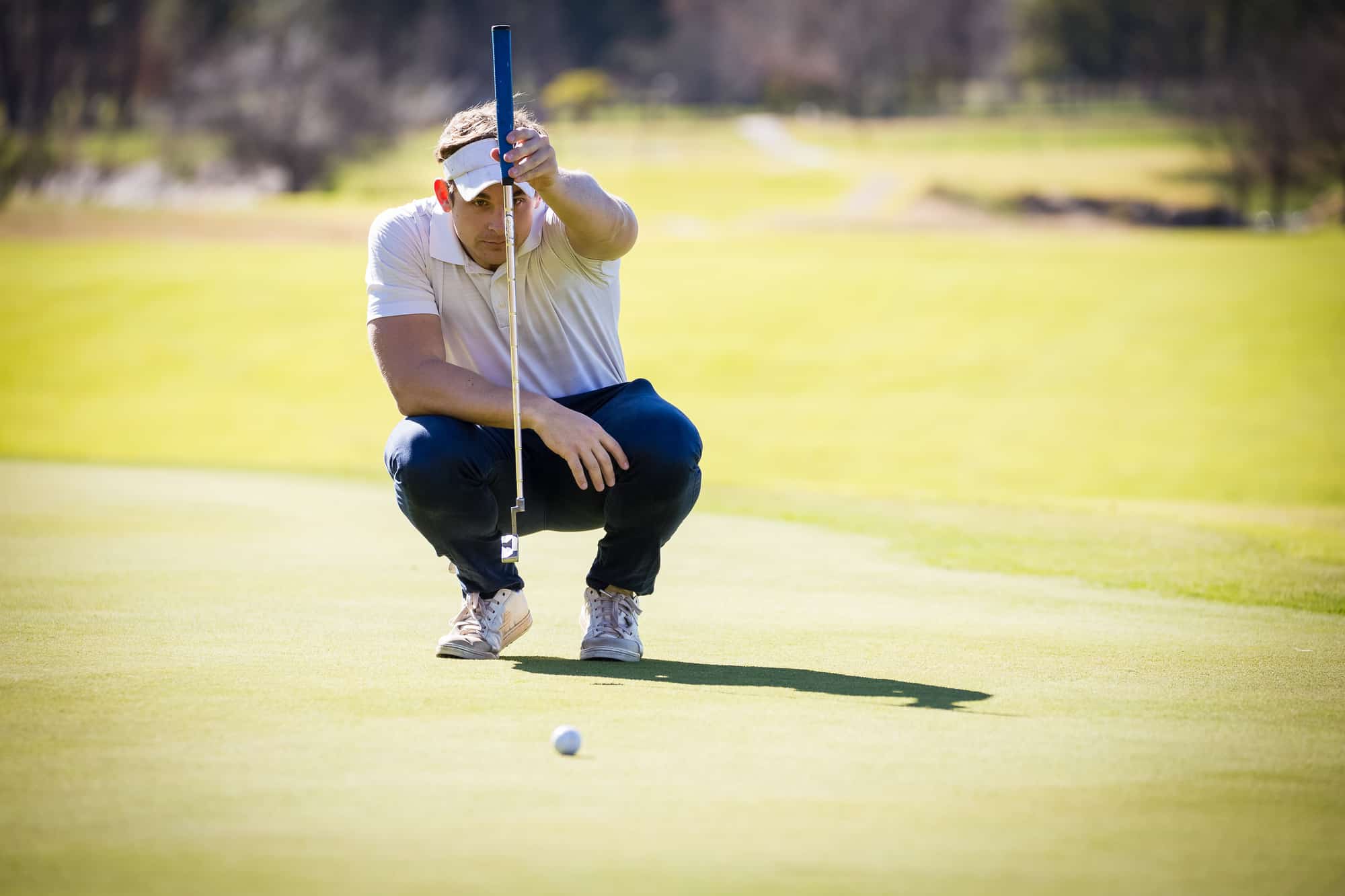
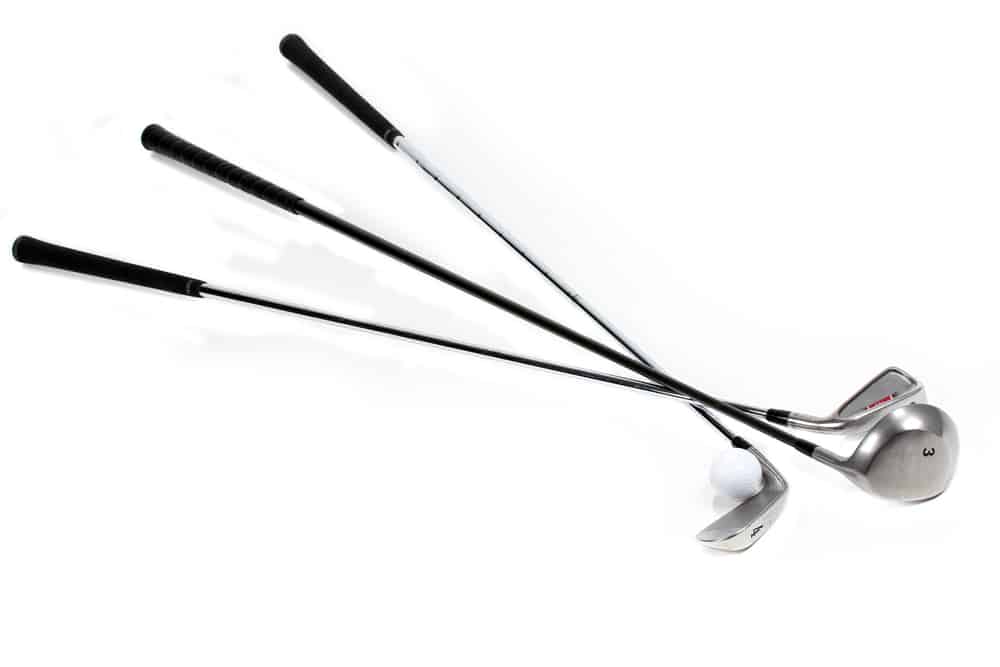
Leave a Reply